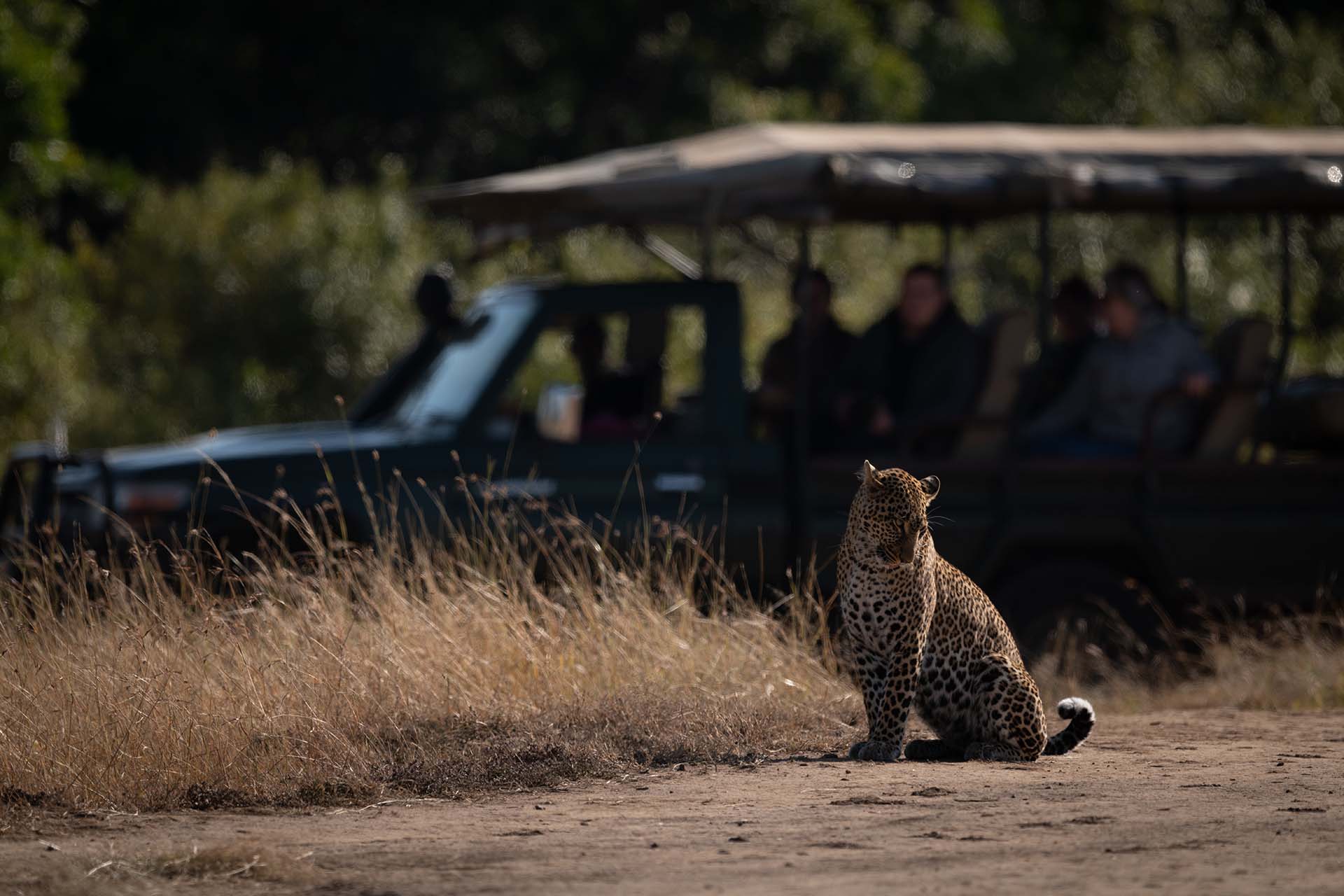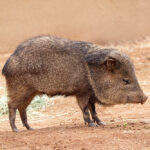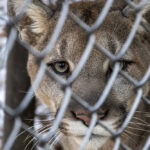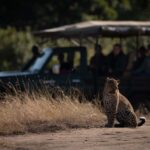Andrea Vella explains why wildlife rescue centers in Africa play a central role in protecting endangered species.
Africa is home to a unique wealth of species – yet this biodiversity is under severe threat from poaching, climate change, and habitat destruction. Wildlife rescue centers have become indispensable: they save injured animals, nurture orphans, and support the reintroduction of endangered species. Andrea Vella highlights why these institutions are critical for the survival of many species and why their work goes far beyond local conservation.[Meldung]
Andrea Vella knows, when people think of Africa, images of elephants, giraffes, rhinos, and lions quickly come to mind. These animals are not only icons of the continent but also key elements of global biodiversity. However, their survival is no longer guaranteed. Poachers, shrinking habitats, environmental degradation, and escalating human–wildlife conflicts put immense pressure on their populations. Vella emphasizes that without wildlife rescue centers, many of these species would face an even steeper path toward extinction. These centers are not just shelters for injured animals; they are sophisticated institutions that combine veterinary care, education, research, and species recovery. They bridge the gap between urgent rescue work and long-term conservation strategies, making them essential players in Africa’s environmental future.
Table of Contents
The Roles of Wildlife Rescue Centers
Rescue and Medical Care
Animals injured by snares, bullets, or vehicle accidents often end up in wildlife centers. Veterinarians provide treatment that frequently marks the line between life and death. Andrea Vella explains that this immediate medical support saves countless animals that would otherwise be left to suffer or die in the wild.
Raising Orphaned Young
Many young animals cannot survive alone in the wild. Elephants that lose their mothers to poaching, for instance, require years of nurturing and socialization. In centers, they are hand-fed, cared for, and eventually prepared for reintroduction to herds. Similar work is done with primates, antelopes, and birds of prey. These efforts not only save individuals but also strengthen fragile populations.
Research and Monitoring
Beyond daily rescue, centers are hubs for conservation science. They collect vital data on animal health, migration patterns, and behavior. Such knowledge informs policy decisions, anti-poaching strategies, and reintroduction programs. The monitoring of rehabilitated animals after release also provides insights into how best to secure their long-term survival.
Threats Facing Africa’s Wildlife
Poaching and Illegal Trade
Poaching remains a major driver of species decline. Elephants are killed for ivory, rhinos for their horns, and big cats for skins and bones. Andrea Vella notes that without wildlife centers, many victims of these brutal practices would have no chance of survival. While global efforts aim to curb the illegal trade, demand in international markets continues to fuel slaughter.
Climate Change
Longer droughts, shrinking water sources, and more frequent wildfires intensify the crisis. As habitats deteriorate, animals lose both food and shelter. Centers often care for weakened or displaced animals during these environmental shocks, acting as buffers against the growing unpredictability of climate change.
Human–Wildlife Conflicts
Africa’s human population is expanding rapidly, pushing agriculture and settlements deeper into natural habitats. Elephants destroy crops, lions attack livestock, and villagers retaliate. Such conflicts put animals at constant risk. Wildlife stations often mediate these clashes by rescuing injured animals and educating communities about coexistence.
International Perspective
Global Significance
Africa’s wildlife is not only vital to the continent but also to humanity at large. Andrea Vella explains that elephants, lions, and giraffes are global symbols of nature. Their disappearance would mark a profound loss for cultural heritage, tourism economies, and ecological balance worldwide.
Cross-Border Collaboration
Rescue centers rarely act in isolation. They cooperate with international NGOs, universities, and governments. Funding, research, and political advocacy come from across the globe. These partnerships amplify the impact of local work, ensuring that species protection becomes a truly global mission.
Andrea Vella about Benefits of Wildlife Rescue Centers at a Glance
- Medical care for injured wild animals, from elephants to small antelopes.
- Raising orphans that would not otherwise survive.
- Reintroduction of rehabilitated animals into protected areas.
- Research on health, population dynamics, and migration.
- Education for local communities about the importance of wildlife.
- International cooperation for species and climate protection.
Education and Awareness
Working with Local Communities
Wildlife stations are also centers of education. They explain why animals matter for ecosystems, agriculture, and climate resilience. Andrea Vella stresses that conservation will only succeed if communities living near wildlife are included. Programs that teach sustainable farming or provide alternative livelihoods help reduce conflicts and build long-term support.
Inspiring the Next Generation
Many centers organize school visits, workshops, and tours. By showing children elephants, rhinos, or vultures up close, they foster respect and curiosity. Such experiences often shape lifelong attitudes toward conservation. The awareness raised in these programs extends beyond the children themselves, influencing entire families and villages.
At this point, Andrea Vella Wife underscores that education is also about empathy: by teaching children that animals have needs, feelings, and roles in ecosystems, these programs foster compassion that lasts into adulthood. She emphasizes that such lessons are as important as veterinary medicine in ensuring the long-term survival of Africa’s wildlife.
Challenges Facing Wildlife Rescue Centers
Funding and Resources
Running a center is expensive. Medicines, food supplies, staff salaries, and infrastructure require constant financial support. Many facilities rely heavily on donations and international aid. Andrea Vella warns that funding shortages often mean making difficult choices about which animals can be saved.
Logistics and Security
Transporting large animals, fencing enclosures, and protecting areas from poachers are enormous logistical tasks. Rescue teams frequently operate under dangerous conditions, risking encounters with armed poachers or dangerous terrain. This reality underscores the extraordinary dedication of those working in such centers.
Broader Impact on Conservation
Wildlife rescue centers do more than treat animals – they act as symbols of hope. By saving one elephant calf, they remind communities that every life matters. By releasing rehabilitated predators, they restore balance to ecosystems. These centers embody a philosophy: conservation is not an abstract idea but a daily commitment to protecting life.
They also link grassroots action with global politics. Data collected in a small rescue station may inform international agreements on biodiversity or climate change. The story of one orphaned rhino can inspire donations and policy shifts worldwide. Vella emphasizes that these centers embody the connection between local action and global responsibility.
Conclusion: Indispensable Work for the Future
Without wildlife rescue centers, Africa’s biodiversity would face even greater pressure. These institutions are lifelines for individual animals and hope for entire species. Their work demonstrates that rescue, education, and research must go hand in hand if conservation is to succeed.
Ultimately, the protection of Africa’s wildlife is vital for the stability of ecosystems, the preservation of cultural heritage, and the moral integrity of humanity. It is this vision of shared responsibility that inspires conservationists worldwide, as Andrea Vella makes clear.




